
Category: satellites – Page 139

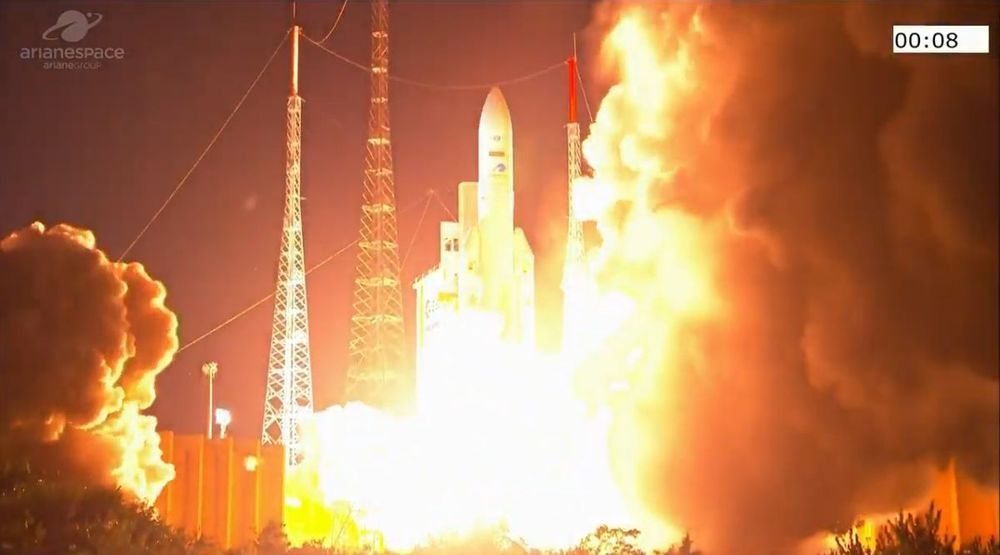
Ariane 5 rocket launches robotic space tug into orbit alongside 2 communications satellites
A new space tug, only the second-ever to extend the life of older satellites, launched into orbit Saturday on a European rocket after weeks of delays due to weather and rocket checks.
An Arianespace Ariane 5 rocket hefted the Mission Extension Vehicle-2 (MEV-2) into space Sunday (July 31), putting the vehicle en route to an Intelsat satellite waiting for a boost into a higher orbit. Riding along on the rocket were two satellites for broadband communications.
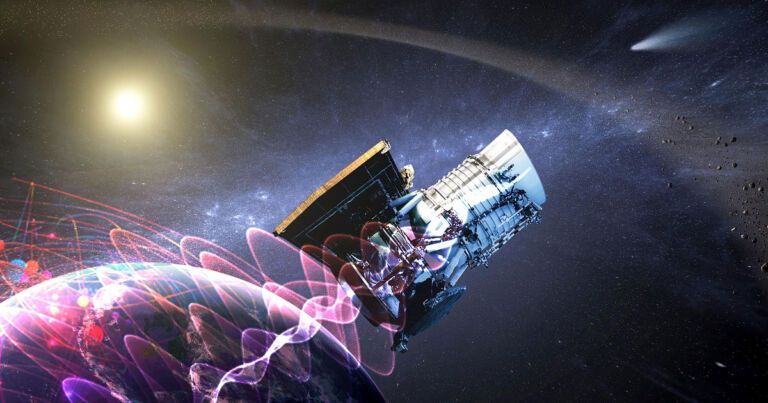
Chinese Scientists Figured Out How to Beam Quantum Messages From Satellites
Safe Messaging
Cybersecurity experts have long warned that quantum computers, whenever it is that they become useful, will render useless most conventional forms of encryption. This new satellite experiment, which is described in research published in the journal Nature, suggests that it may be possible to send secure messages yet.
“A remarkable feature of the entanglement-based quantum cryptography as we demonstrated here is that such security is ensured even if the satellite is controlled by an adversary,” University of Science and Technology physicist Jian-Wei Pan told Space.com.
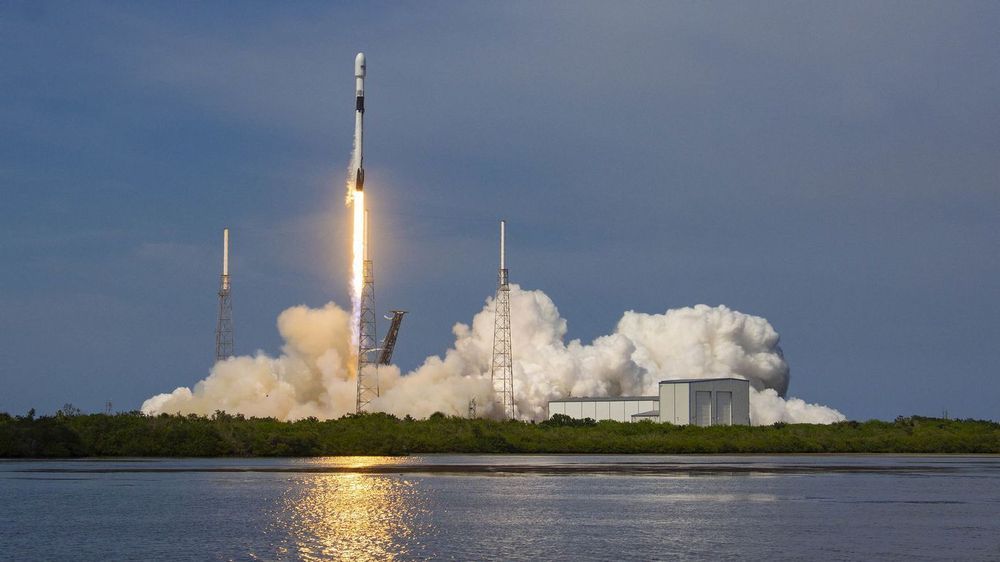
SpaceX, ULA win huge defense contracts totaling more than $650 million
The Space Force’s announcement last week that United Launch Alliance and SpaceX will launch expensive spy satellites and other military payloads brings a long and often fierce battle for government funds to an end — at least for now.
Why it matters: This type of government money — particularly in light of the economic downturn caused by the coronavirus pandemic — is key for space companies that often work on thin margins.
The state of play: ULA was awarded the bulk of the funds — $337 million — for two missions due to launch in 2022, with SpaceX winning $316 million for one mission launching that year.

SpaceX is manufacturing 120 Starlink internet satellites per month
SpaceX is manufacturing its Starlink satellites at an unprecedented rate for the space industry, analysts say, as the company dives headlong into building a space-based global internet service.
Elon Musk’s company told the Federal Communications Commission in a presentation last month that its Starlink unit is “now building 120 satellites per month” and has “invested over $70 million developing and producing thousands of consumer user terminals per month.”
“Invested hundreds of millions of dollars in Starlink to date,” the SpaceX presentation added.
Live coverage: SpaceX plans overnight launch from Kennedy Space Center
Live coverage of the countdown and launch of a SpaceX Falcon 9 rocket from pad 39A at NASA’s Kennedy Space Center in Florida. The mission will launch SpaceX’s tenth batch of Starlink broadband satellites. Text updates will appear automatically below. Follow us on Twitter.
Spaceflight Now members can watch a live view of the pad. Join now.
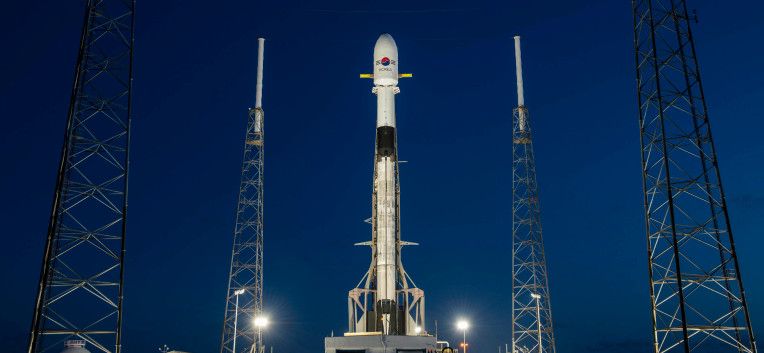
Watch SpaceX launch a South Korean satellite using the same booster that flew NASA astronauts
SpaceX is launching South Korea’s first dedicated military communications satellite on Monday, with a target liftoff time of 5 PM EDT (2 PM PDT). The launch window spans nearly four hours, ending at 8:55 PM EDT (5:55 PM PDT), so SpaceX has considerable flexibility in terms of when the launch could actually take place.
The Falcon 9 rocket being used for this mission includes a first-stage booster that flew previously on SpaceX and NASA’s Demo-2 mission — the historic mission that carried astronauts on board a SpaceX rocket for the first time. That launch, which took place on May 30, saw astronauts Bob Behnken and Doug Hurley successfully delivered to the International Space Station — where they’re currently preparing to depart on Demo-2’s concluding trip home on August 1.
This mission will include a recovery attempt for the first stage, using SpaceX’s “Just Read the Instructions” drone landing ship in the Atlantic Ocean.
Space technology is improving our lives and making the world a better place. Here’s how
“We need to go to space to help us here on Earth. Satellites have played an enormous role in improving the state of the world, and will do even more”.
I’m often asked: ‘Why are you building satellites for space when there are so many problems to fix here on Earth?’ It’s a perfectly rational question. The short answer is that we need to go to space to help us here on Earth. Satellites have played an enormous role in improving the state of the world, and will do even more as an explosion of technology innovation enables large new fleets of small satellites to be deployed with radical new capabilities.
The Sustainable Development Goals (SDGs, or Global Goals), unanimously adopted at the United Nations in 2015, are a great summary of the world’s current challenges. Space is one of many important tools that can be used to help us address them. In May, the UN held a meeting on Technology Innovation and the Global Goals, and I was asked to address the role of satellites in helping the world achieve the SDGs.
The global coverage of satellites offer a unique, fact-based perspective that can help us overcome our greatest challenges. Information from these spacecraft can help us improve agricultural yields and protect habitat loss and stop deforestation. They discovered the hole in the ozone layer and their data today remains key to fighting climate change; and they’ve helped us to connect the world through internet and communication, an intangible service for millions. Satellites in space have done much for us so far and, in the future, they will offer much more.
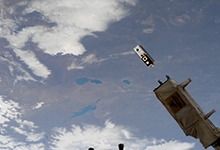
Miniature Telescope Demonstration Focuses on Sharpening View of Distant Objects in Space
A recently deployed DARPA CubeSat seeks to demonstrate technology that could improve imaging of distant objects in space and allow powerful space telescopes to fit into small satellites. DARPA’s Deformable Mirror (DeMi) CubeSat deployed from the International Space Station July 13, beginning the technology demonstration of a miniature space telescope with a small deformable mirror called a microelectromechanical systems (MEMS) mirror.
DeMi made first contact about a week following launch, demonstrating the expected power from its solar arrays, as well as correct spacecraft pointing and stable temperatures. The team will focus on payload checkout over the coming days.
Deformable mirrors can adjust the shape of their reflective surfaces to correct for the effects of temperature and mechanical changes on a space telescope, improving image quality. The experiment will measure how well a MEMS deformable mirror performs in space, from the rocket launch through its time in orbit experiencing the thermal and radiation environment.

Parts Come Together This Year for DARPA’s Robotic In-Space Mechanic
Eyeing a launch in 2023, DARPA’s Robotic Servicing of Geosynchronous Satellites (RSGS) program will focus the remainder of this year on completing the elements of the robotic payload. The objective of RSGS is to create an operational dexterous robotic capability to repair satellites in geosynchronous Earth orbit (GEO), extending satellite life spans, enhancing resilience, and improving reliability for the current U.S. space infrastructure.
Earlier this year, DARPA partnered with Space Logistics LLC, a wholly owned subsidiary of Northrop Grumman, to provide the spacecraft bus, launch, and operations of the integrated spacecraft. DARPA will provide the payload that flies on the bus, including the robotic arms, through an agreement with the U.S. Naval Research Laboratory (NRL).
In 2021, NRL will integrate the robotic arms onto the payload structure, and then is expected to begin environmental tests by the end of same year. After launch in 2023, it will take approximately nine months to reach GEO, and the program anticipates servicing satellites in mid-2024.